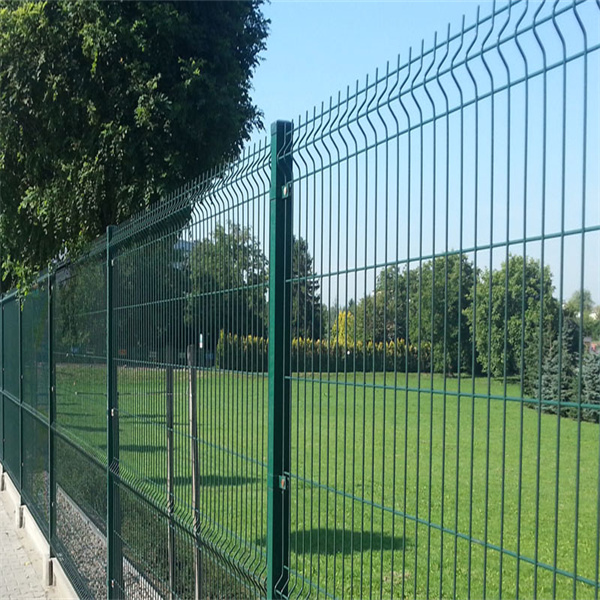8 月 . 20, 2024 23:12 Back to list
High-Quality Woven Gabions for Effective Erosion Control and Landscape Design Solutions
The Versatility of China Woven Gabion A Sustainable Solution for Modern Construction
Woven gabions have become an increasingly popular choice in civil engineering and landscaping projects across the globe, particularly in China. These versatile structures, made by weaving together steel wire mesh to form large, cage-like containers, are filled with rocks or other materials for application in erosion control, flood management, and architectural projects. Their adaptability and effectiveness have made them a vital component in sustainable construction practices.
What is a Woven Gabion?
A woven gabion is essentially a wire mesh container used for various engineering applications. The term gabion is derived from the Italian word gabbione, meaning big cage. Traditionally, these structures were made of thick, heavy wire to withstand external pressures. However, advancements in technology have led to the development of more lightweight, yet durable, woven materials. These gabions are typically filled with local stones, gravel, or concrete, which not only provide structural stability but also integrate well with natural landscapes.
Applications of Woven Gabions
One of the primary applications of woven gabions is in erosion control. They are widely utilized along riverbanks and coastal areas to protect against soil erosion caused by water flow. By strategically placing gabion walls, engineers can stabilize the soil while allowing natural drainage to occur. This dual functionality makes them an eco-friendly choice compared to traditional concrete structures, which can disrupt local ecosystems.
china woven gabion

In addition to erosion control, woven gabions are often employed in flood management. During periods of heavy rainfall, these structures can be used to divert water flow, minimizing the risk of flooding in vulnerable areas. Their flexible nature allows them to adapt to various terrains, making them ideal for use in flood-prone regions.
Gabions also find their place in landscaping and architectural design. Gardeners and landscape architects use them to create aesthetically pleasing features, such as retaining walls, garden beds, or decorative barriers. Their natural appearance blends well with the environment, morphing into a solution that is both functional and visually appealing. Moreover, the use of locally sourced stones not only reduces transportation costs but also enhances sustainability.
Environmental Benefits
The environmental benefits of woven gabions extend beyond their ability to control erosion and manage floods. By using natural materials and allowing vegetation to grow within and around them, gabions can promote biodiversity. Birds and small animals often make these structures their homes, contributing to a healthy ecosystem. Furthermore, gabions allow water to percolate through the mesh and into the soil, replenishing the groundwater table and supporting local flora.
Conclusion
In conclusion, woven gabions represent a sustainable and versatile solution for a wide range of engineering, landscaping, and ecological challenges. In a rapidly urbanizing world, the need for effective and environmentally friendly construction techniques is more pressing than ever. China, with its rapidly growing infrastructure demands, stands to greatly benefit from the widespread adoption of woven gabion technology. Through erosion control, flood management, and aesthetic landscaping, gabions can play a pivotal role in achieving sustainable development goals. As more engineers and architects recognize the benefits of these structures, woven gabions are likely to become a staple in modern construction practices, contributing to the creation of resilient, eco-friendly environments.
-
Visualizing Gabion 3D Integration in Urban Landscapes with Rendering
NewsJul.23,2025
-
The Design and Sustainability of Gabion Wire Mesh Panels
NewsJul.23,2025
-
The Acoustic Performance of Gabion Sound Barriers in Urban Environments
NewsJul.23,2025
-
Mastering the Installation of Galvanized Gabion Structures
NewsJul.23,2025
-
Gabion Boxes: Pioneering Sustainable Infrastructure Across the Globe
NewsJul.23,2025
-
Custom PVC Coated Gabion Boxes for Aesthetic Excellence
NewsJul.23,2025
-
Installation Tips for Gabion Wire Baskets in Erosion Control Projects
NewsJul.21,2025






